How to Recognize the Warning Signs of Prostate Trouble
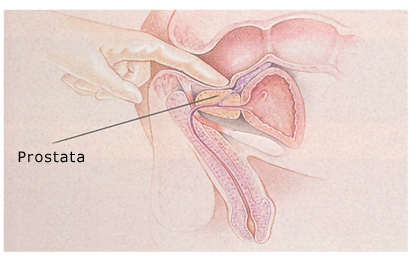
Drop the razors, guys: It’s Movember, that time of year when men let their hair grow wild to raise awareness for male cancers and support men’s health organizations. Read on to learn more about your prostate health.

Prostate cancer is the most prevalent male cancer aside from skin cancer. After age 40, an annual prostate exam is highly recommended. A commonplace process of benign enlargement (benign prostate hyperplasia, or BPH) often causes urinary troubles; inflammation or infection of the prostate (prostatitis) is a not infrequent male affliction.
Prostate Cancer Statistics
1. One man in seven will be diagnosed with prostate cancer during his lifetime, but only 3 percent of men will die of the disease. There are 2.5 million American men diagnosed with prostate cancer who are alive today.
2. In 2014, an estimated 233,000 American men will be diagnosed, and about 30,000 men will die of the disease.
3. The average age at diagnosis is the mid-60s.
4. Although many with low-risk prostate cancer can be managed with observation, those with high-risk disease need more aggressive treatment.
5. The number one cause of death in men with prostate cancer is heart disease, just as it is in the rest of the population.
Lower Urinary-Tract Symptoms (LUTS) That May Indicate Trouble
It is vital to understand that the absence of symptoms is not the absence of disease. In fact, prostate cancer often causes no symptoms in its earliest stages, and clues to its presence are often revealed by a simple prostate exam and PSA blood test.
LUTS are symptoms that can appear because of BPH or adaptive changes in the bladder muscle as a result of the resistance from the BPH. LUTS can run the gamut from urinary incontinence to urinary retention. Between these extremes there are many possibilities, broadly classified into „irritative“ and „obstructive“ symptoms:
Irritative Symptoms
* frequency — urinating much more often than normal
* nocturia — waking to urinate
* urgency — sudden and strong desire to urinate
* urgency incontinence — sudden desire to urinate with the inability to get to the bathroom in time
Obstructive Symptoms
* hesitancy — stream that is slow to start
* weak stream — stream that lacks force
* narrow caliber stream — thin stream
* spraying stream — imprecise, multidirectional, splattering stream
* intermittency — stream that starts and stops
* straining — need to use abdominal muscles to urinate
* prolonged emptying time — excessive voiding time
* incomplete emptying — sensation of urgency after completing urination
* double voiding — need to urinate a second time to empty completely
Other Symptoms
* inability to urinate
* blood in the urine or semen
* pain with urination, often indicative of a urinary infection
* bedwetting
* post-void dribbling
Not all men with BPH need to be treated; in fact, many can be observed if the symptoms are tolerable. There are several classes of effective medications for BPH and numerous surgical means of treating BPH.
The Secrets to Prostate Health
Exercise has been shown to lessen one’s risk of developing BPH and prostate cancer[2] and in decreasing the death rate of those who do develop prostate cancer.
Exercise in general and pelvic-floor muscle exercises in particular benefit prostate health by increasing pelvic blood flow and minimizing inflammatory chemicals and the tone of the sympathetic nervous system (the part of the nervous system that is stimulated by stress), which can aggravate BPH.
In terms of diet, vegetables are exceptionally anti-inflammatory and consumption of those that are rich in lutein (including kale, spinach, broccoli and peas), those that are rich in beta-carotene (including carrots, sweet potatoes and spinach) and those rich in lycopene (including tomatoes) can lower the risk of BPH.
The bottom line is that a healthy lifestyle, including a heart-healthy diet and exercise program, can lessen one’s risk of chronic diseases, including prostate cancer[4].
Related Posts

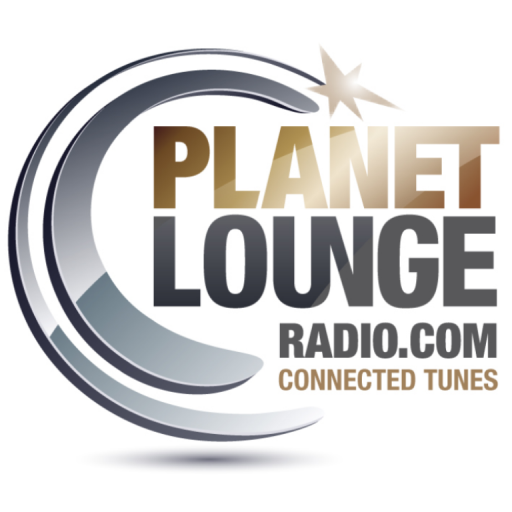
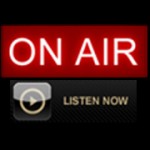


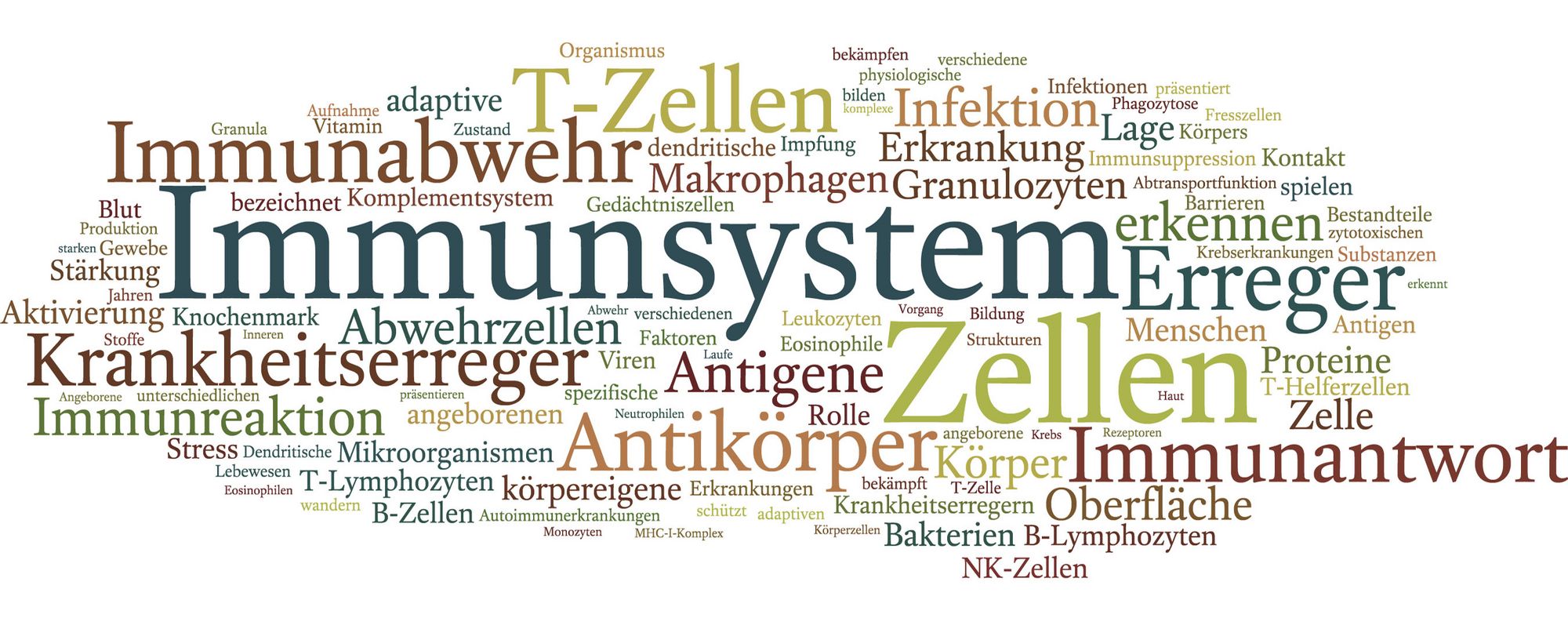


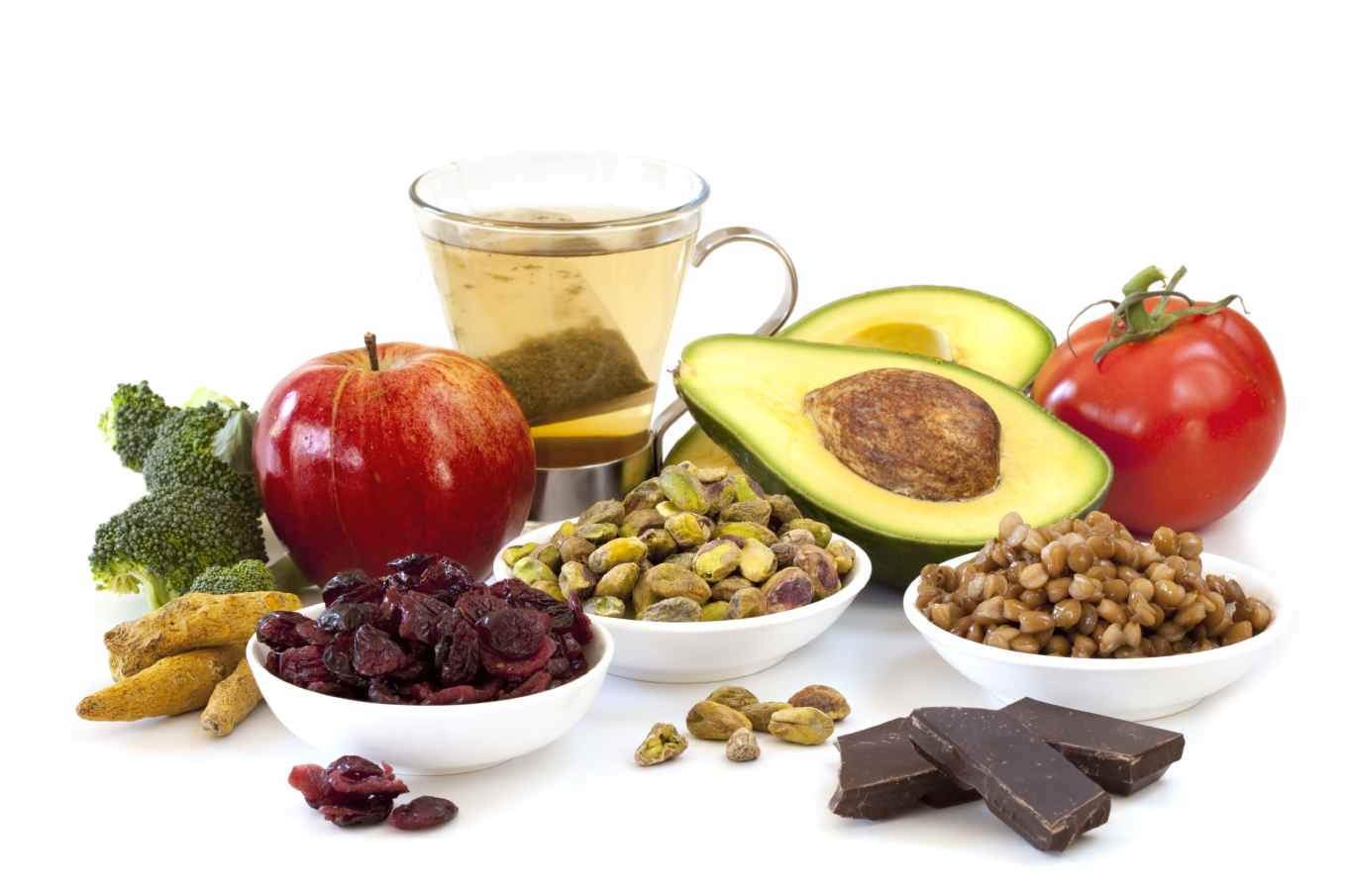
No Comment